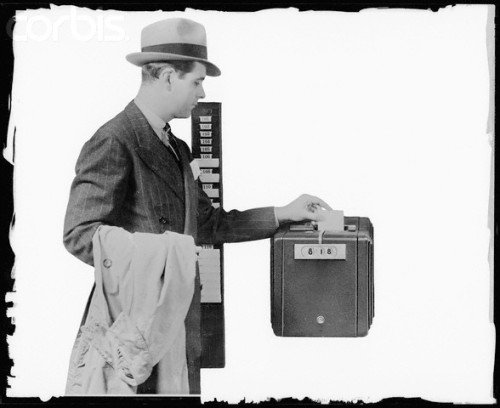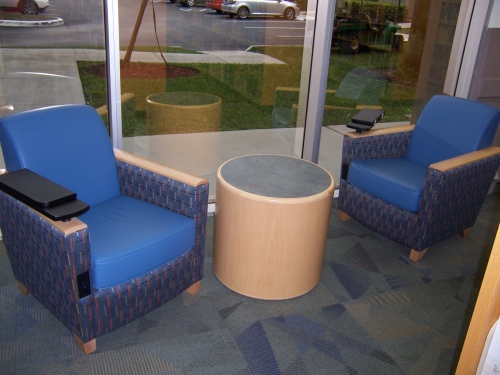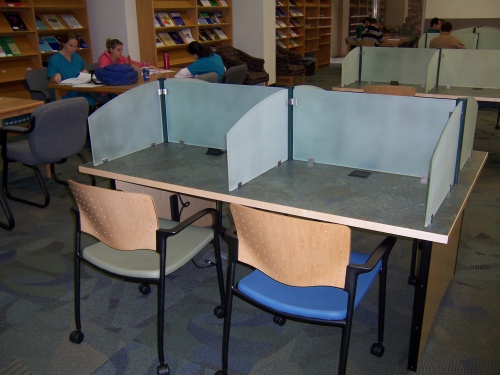Your alarm clock didn’t go off this morning, you spilled hot coffee on your work clothes, there’s a pile of projects waiting for you at work, and your next vacation is months away.
When everyday life is enough to frazzle your nerves, adding “Relax, already!” to your to-do list might just make things less bearable. The happy truth? There are simple ways to fight back when stress strikes at work-no matter how crazy your schedule. Try these tricks.
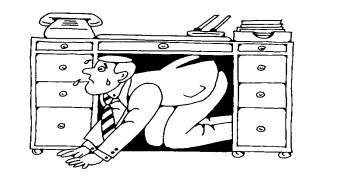
10 minutes: Say “om” at the office
Desk side poses can bring instant calm, says Sarah Trelease, senior yoga teacher at OM Yoga in New York City. Try this: Lift shoulders to ears and release while taking deep breaths. With feet on the floor, put right hand on left knee, keeping spine long; turn belly to the left to release the tension in your back. Switch sides and release; repeat-and feel the tension disappear.
Clean up your act
If you’re always running late, (this applies to me also! ) set your clocks and watches fast and give yourself extra time. If your desk is a mess, file and throw away the clutter; just knowing where everything is saves time and cuts stress. A quick tidy-up session will give you an energy boost. And if that cluttered office has got you frazzled, file (or toss) a few papers or just make some neat piles. Make to-do lists and cross off items as you accomplish them. Plan your day and stick to the schedule – you’ll feel less overwhelmed.
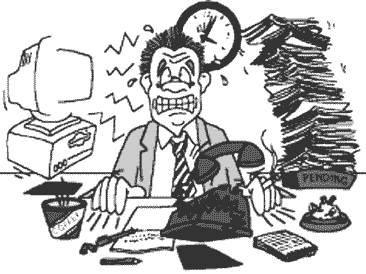
Lunch: 1 hour: Get a manicure or pedicure
Your hands and feet are loaded with more than 7,000 nerve endings, so having them massaged is a great tension tamer, Moore says. That’s all the excuse you need to sneak away from the office for some spa therapy. Skip the chatter with the nail technician, though, and grab a gossip magazine, listen to some music, or simply close your eyes and tune out, Moore suggests. Anything too involved will distract you from the moment.
Breaks
Take short breaks after a particularly stressful event; Take a 5 minute walk around the block or a few minutes of quiet meditation to re-balance their energies. Several short breaks throughout the day can keep you working at peak performance
Aromatherapy
The workplace and stress seem to go hand and hand these days. Job insecurity, harsh lighting, lack of sunshine, computers, chemicals, job pressures and demands, and the list goes on and on it seems. Unfortunately, many of these factors seem beyond our control. We can not put windows in our work space cubicle, nor can we change our job description to lessen time on computers, telephones, and at the copier. Aromatherapy has been proven to be excellent for stress relief as well as increasing productivity and efficiency levels. The possibilities are only limited to your imagination. There are many ways to bring aromatherapy into the workplace. Diffusers heat essential oils and allow their molecules to be released into the atmosphere. Inhaling different essential oils can alter your mood, stimulate creativity, help concentration and rid an area of airborne viruses and bacteria. Scenting your office with Lavender essential oil is said to reduce computer errors at least 25%.
If you must work in an air conditioned or stuffy building, using essential oils in a diffuser or spritzing a spritzer can really clear the air. Geranium, Lavender, Lemon, Peppermint and Rosemary are all excellent for a quick pick me up. Try Chamomile, Lavender, Orange or Sandalwood oil. All are thought to help combat stress and tension.
The weekend: Unplug completely
Technology is supposed to make life easier, but constant exposure to cell phones, PDAs, computers, and TV can overwhelm your nervous system, says Alan Keck, PsyD, of the Center for Positive Psychology in Orlando, Florida. Restore inner peace by enjoying two tech-free days. Catch up on your reading, go out for walks, or just hang with your pooch. (Studies show that spending time with pets lowers blood pressure and anxiety.)
Most important, MAINTAIN A SENSE OF HUMOR.
As a wise philosopher said, “Don’t take life so seriously, it’s only a hobby”. Try to remember what was stressful in your life six months ago or a year ago. Chances are, you can’t. Know that this day will be just another day in history and whatever seems traumatic now will fade into oblivion as time passes.
Laughter is great medicine for humans, too!





